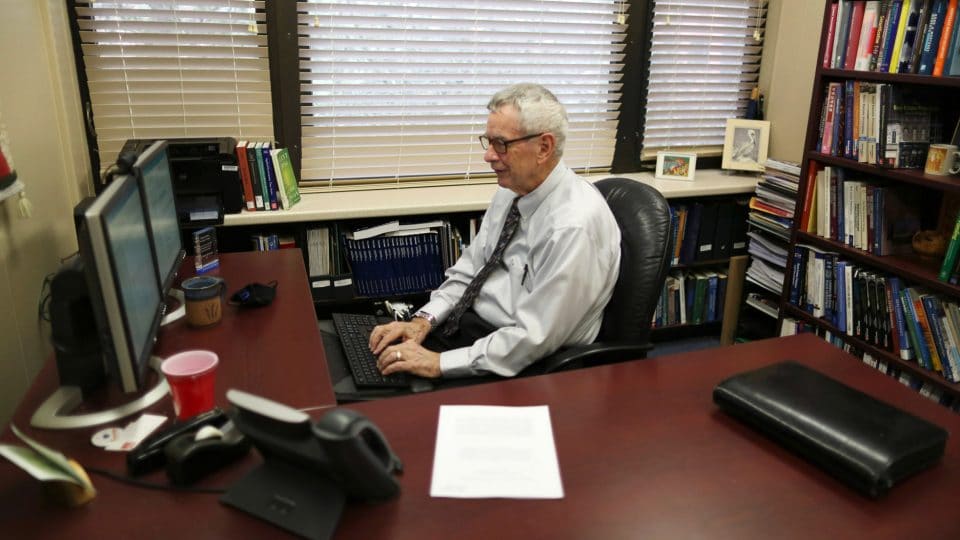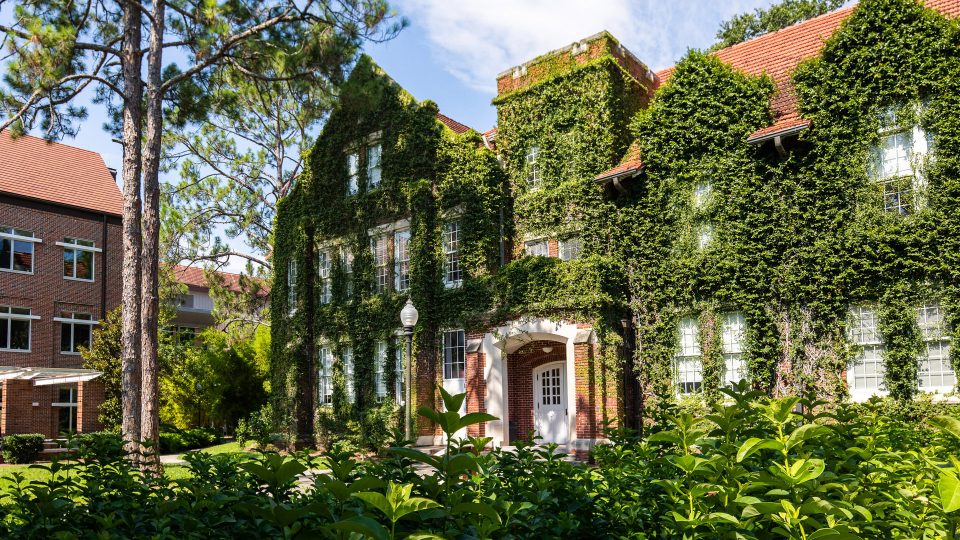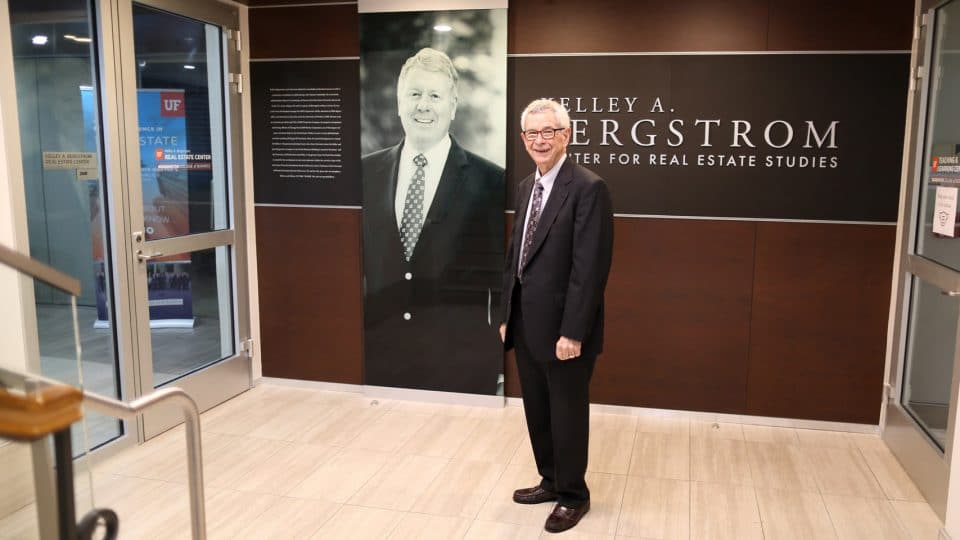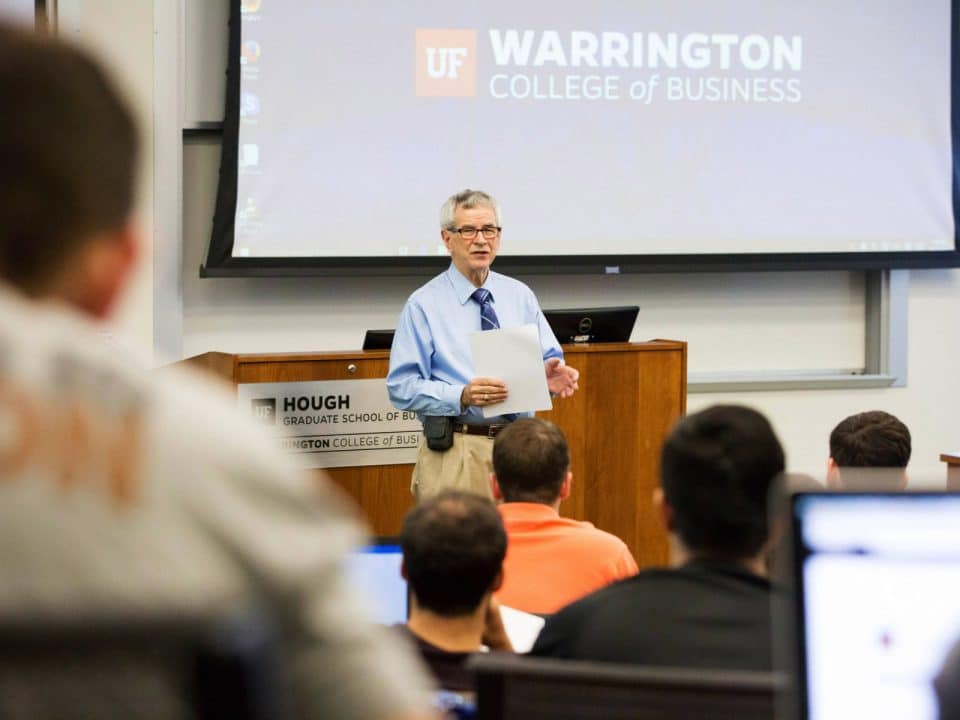
Location, Location, Location
After 50-plus years teaching real estate at the University of Florida Warrington College of Business, Wayne Archer shares his career-long revelations.
Growing up on the plains of Kansas, Wayne Archer once thought that he would like to spend his life working the land as a farmer. As a youngster, he spent several summers at the original location where his grandparents carved out their first homestead residence, a dugout on the side of a gully. It was there that Archer admired his uncles as farmers and dreamed of becoming one himself.
From a young age, though, he could see the transformation of farming that was already starting to eliminate the family farms that were the foundation of rural communities, like where his father’s family lived, Densmore, now a ghost town.
Even though Archer would never follow in his paternal family’s farming footsteps, thinking about land usage combined with the passion for education he gained from his mother would lead him to his career of more than 50 years — real estate professor.
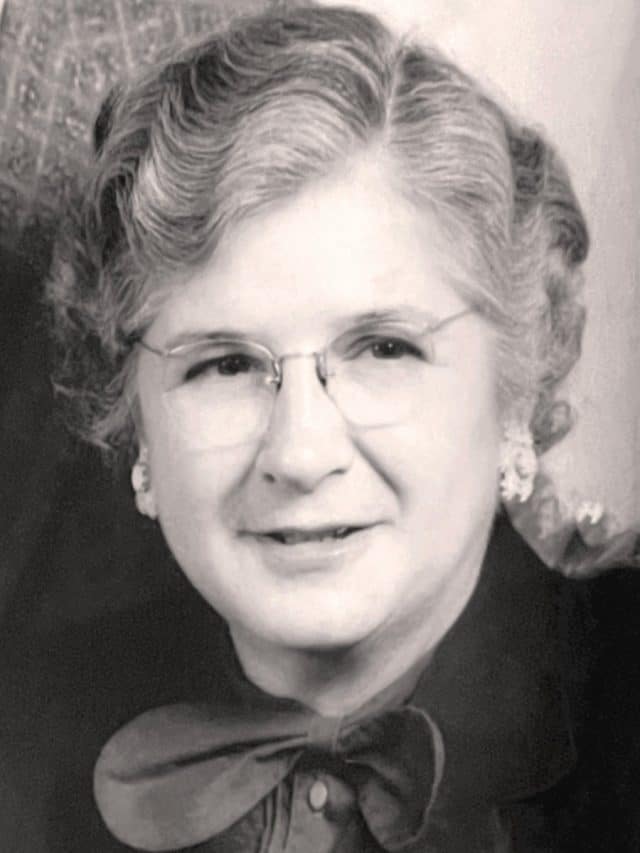
Archer’s mother, Edna, born in 1903, dreamed of becoming an architect in a world where that wasn’t an option for women. Although society wasn’t ready for women working in traditionally male roles, Edna’s family’s belief in education led her to become among the very small percentage of women with a college degree.
She was never able to pursue her career in architecture and instead became a high school teacher. Edna still found ways to satisfy her interest in design. Not only did Edna design more than a dozen homes for local families but she also drafted all the working drawings for the new Wichita high school, the largest high school in the city when Archer was a young man.
“Growing up with a mother who was a lifelong teacher, and with her teaching friends, I came to regard teaching as an important calling in our society,” Archer said.
Archer’s mother instilled in him an immense respect for education. After graduating from high school in Wichita, Archer went on to the small Westmar College in Iowa. In 1963 he earned his bachelor’s degree in social studies and, unsurprisingly to those who know him, was voted “Most Diligent” by his classmates.
“[My wife] Penny likes to remind me about the time that we stayed on campus for spring break and spent the entire week compiling the data for a survey I did with the student body,” Archer joked.
After completing his undergraduate degree, Archer gained a couple years of work experience in Wichita’s aircraft manufacturing industry. During those years, he was reminded of his mother’s work in teaching and decided to return to her alma mater, now Wichita State University, to become an accredited high school social studies teacher. After two years of teaching, though, Archer realized how difficult it was to raise a family on a teacher’s salary, so he returned to graduate school.
This time around, Archer considered a subject he didn’t know much about.
“Late in my undergraduate years, an admired professor suggested to me that I should consider doing graduate work in economics,” Archer recalled. “I had never met an economist and had no idea what one did. Remembering the advice of my former professor, I went for a master’s degree in economics.”
Still a little confused on career prospects in economics after working on his master’s degree, Archer came to realize that the economics jobs that he was really interested in would be more attainable to him with a Ph.D. He applied to several economics Ph.D. programs, specifically focusing on economic history, and ended up with two great offers – one from the University of Washington in Seattle and the other from Indiana University in Bloomington.
Archer was leaning towards Washington, having been to Seattle before and recalling it as a “paradise.” There was one problem, though. They owned a piano and the expense of getting it all the way to Seattle and finding an affordable apartment seemed too daunting. They settled instead on Indiana, noting that when the time came, Archer could pursue a job on the West Coast.
But by the time Archer started at Indiana, he finally began to discover what economists did and where they worked, which was not in the Pacific Northwest. Most economists, he found, worked at universities and in large American cities like Washington, D.C. In addition, he learned about new areas of the industry that sparked his interest, like urban economics.
By the time he was finishing his graduate studies in 1971, the once-robust job market for economists had slowed.
“It began to look like any job in economics was good enough for us, with a three-year-old son and another on the way,” Archer said.
But it was then that he got the call that would change his life forever.
The University of Florida College of Business was looking for economists, specifically a real estate economist for its Department of Finance, Insurance and Real Estate. Archer was the only one of his classmates who had the background in urban economics and available to respond, so he came to Gainesville as quickly as possible to interview for what would turn out to be his dream job.
“I returned home a budding Gator,” he said. “I had never had a course in real estate or real estate law, or real estate finance, or even a business course, as such. So, for the first few years of our time [in Gainesville] I spent much of my nights digesting all of the details of the world of real estate business, law and finance. And here I am today teaching a course on complex mortgage securities!”
Over the course of the next 50 years, Archer would become a mainstay of the faculty at the UF Warrington College of Business, making a significant impact on students, academic research and industry.
“Late in my undergraduate years, an admired professor suggested to me that I should consider doing graduate work in economics,” Archer recalled. “I had never met an economist and had no idea what one did. Remembering the advice of my former professor, I went for a master’s degree in economics.”
During his time at UF, Archer estimates that he’s taught upwards of 10,000 students. Those 10,000-plus students will likely recall a lesson on dynamics in an urban society, Archer’s favorite lesson, which is based on his personal experience watching Gainesville’s changing landscape.
Archer arrived in Gainesville shortly after the then-new Interstate 75 began to impact the city. He recalls several interchanges hadn’t even been built yet.
“Somehow, I sensed that Southwest 13th Street (U.S. 441) was in for trouble, but what was interesting is that it didn’t look like it,” he said. “Lots of grand development still was targeted for the area. So, about 1973 I started photographing the real estate events, such as changes in use for properties in that strip.”
That documentation continues today, tracing what Archer calls US 441’s “long, slow near-death” due to I-75, and now rebirth due to the growth of medicine and health care.
“I understand that many of my former students remember my classes particularly for that presentation,” he said.
Overall, the most important lesson Archer hopes he teaches in the classroom is about confidence.
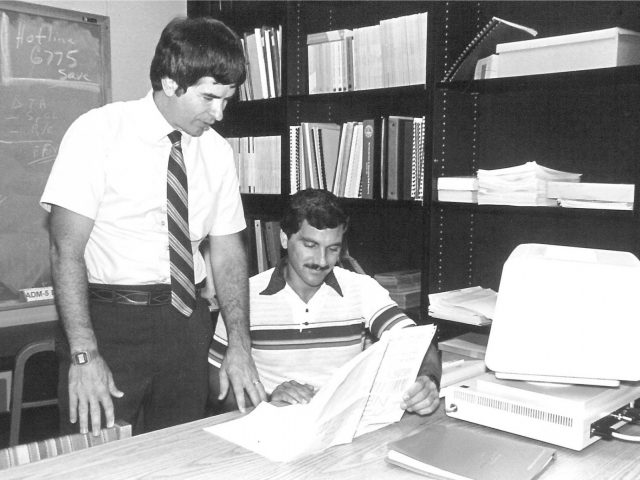
“When they leave the course, I want the students to think they have a better opportunity to handle the world that they are going into,” he said. “It’s about a discovery of what they can do. Now, do I get close to that? I don’t know, but that’s what I dream of doing.”
Beyond his work in the classroom, Archer’s research in the areas of real estate finance, mortgage securitization, office markets and real estate price indices are well known throughout the academic realm and the industry.
In addition to authoring some 40 studies and academic papers throughout his career, Archer has consulted with industry groups like the Florida Real Estate Commission and served as an advisor to education programs in the U.S. League of Savings and Loan Associations, the Mortgage Bankers Association and Freddie Mac.
Although Archer’s support in litigation, educational advisory and research has benefitted several real estate programs and private businesses around the country, his major motivation for engaging in consulting is how the work can benefit his students.
“I have not found myself hungry for a steady diet of consulting,” Archer said. “It seems that much more enticing to me is the challenge for finding better ways to facilitate learning among students and the real estate industry.”
Archer has prioritized the facilitation of student and industry professional learning through two projects he’s particularly proud of – his book with David Ling, “Real Estate Principles: A Value Approach,” and the University of Florida’s dedicated center to the study of real estate, the Kelley A. Bergstrom Real Estate Center.
“Real Estate Principles: A Value Approach” is in its sixth edition and is the leading academic real estate textbook on the market. In his final semesters as a professor at UF, Archer is working with Ling on the seventh and his final edition of the textbook.
“It strikes my deepest core to work on that book because I’ve been accused by some of my bright friends that what really gets me excited is trying to figure out how to communicate things to students,” he said. “Well, there it is. Here’s this textbook. An endless lifetime challenge in exactly that!”
If you ask Ling, though, working with Archer on the textbook has never been a challenge.
“I have been extremely fortunate to have Wayne as a co-author on our textbook,” Ling said. “Wayne’s writing is clear and concise, and he pays close attention to even minor details. And he is a subject matter expert on a wide range of real estate topics.
“We began work on the first edition in 2003, which was published in 2005. We are currently working on the seventh edition. Through those almost 20 years Wayne has been a terrific partner in this ongoing project.”
While Archer and Ling have passed on much knowledge to students through their textbook, they, along with Professor Emeritus Hal Smith, believe it’s impossible to teach the true nature of real estate in the traditional academic classroom. With that mindset, during the 1980s they started thinking about better ways to bring the real estate world into UF’s academic program.
What resulted would become the Kelley A. Bergstrom Real Estate Center, which Archer describes as a three-legged stool.
The first leg is the faculty team which initially included Archer, Ling and Smith, all woven together by a common cause. The second leg is an actively engaged industry advisory board, initiated and created by Smith, who serve as mentors and employers to students. The third leg is an individual who believes in the importance of real estate education at UF – Kelley Bergstrom (MBA ’68), a member of the original advisory board and current board member.
“If you took away the faculty cohesiveness on this goal, or the attitude and engagement of the advisory board, or Kelley’s enormous financial support and leadership, you would not have our Bergstrom Center,” Archer said. “The great fortune is that all three legs came together at the same point and time.”
There is one final element that is critical to the success of the Bergstrom Center, though – the Center’s leadership.
“We were very fortunate that Tim Becker was available when we needed to launch,” Archer said. “Tim and the persons he has helped bring on board are second to none in their capacities to shape the Bergstrom Center and make it grow into what now is certainly one of the leading academic real estate centers in the nation.”
Beyond the Bergstrom Center’s legs of support, Archer believes its biggest impact has been in the development and placement of students in the Nathan S. Collier Master of Science in Real Estate program.
“That is a big part of what our reputation rests on at the moment: good students, well trained to undertake jobs in the world of commercial real estate,” he said.
Archer notes that good students are only the tip of the iceberg when it comes to the Bergstrom Center’s success. In addition to the quality faculty and their research, the Center has extended its impact into the industry with the new Applied Real Estate Research Initiative led by Dr. William Hughes and Dr. Fernando Mattar.
“It is ours and Kelley’s dream to make a greater impact in the realm of industry information and education,” Archer said.
Even with new and exciting developments on the horizon for real estate education, Archer’s impact over the past 50 years on the University of Florida and the state’s real estate industry is undeniable. Beyond his teachings inside and out of the classroom, Archer still has plenty of wisdom to share.
For example, Archer notes that every real estate professional should understand that the industry is one team, with the members supporting, and reflecting on, each other.
“The commercial real estate industry, the focus of our program, is a small, highly interdependent community, and the members remember how you play,” Archer said. “Willingness to work hard and being trustworthy are priceless in building a career. You don’t build a growing career on quick deals that you can’t sustain, on promises that you can’t keep, nor bargains that short-change the other side.”
Archer’s biggest revelation over his impressive career is a simple, yet significant one that every real estate professional should understand.
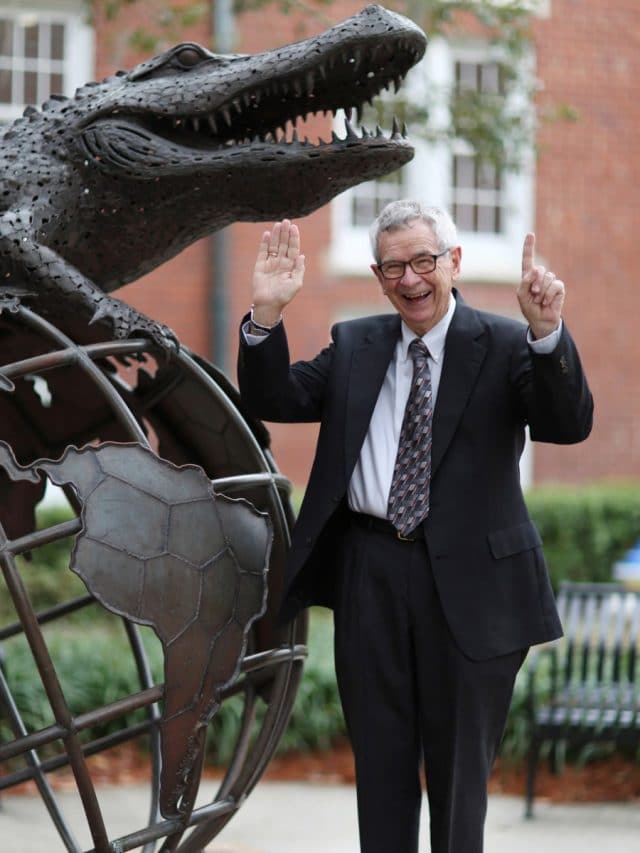
“Believe it or not, after 50 years, I have come to agree, grudgingly, that the three most important things in real estate are location, location and location,” Archer said. It is just that location is dynamic and has a lot of dimensions.”
Like the lesson of location, Archer’s career has been plenty dynamic and dimensional, and he wouldn’t have had it any other way. Thinking back over the course of his career, Archer said there’s nothing that he wanted to do but didn’t get the chance.
“I have had the opportunity to try everything that I have been interested in,” he said. “I have taught every kind of course that interested me, including industry education courses, I have always had the opportunity to engage in research that interested me, I have been able to travel to wonderful places, I have been able to meet persons in our field that I felt I should meet. I guess that this speaks to the quality of the college and university that we are in.”
He added, “I think of retirement as a long-term sabbatical. I look forward to finishing several research projects that I have not found time for, reading work that I haven’t gotten to, keeping up with the work of my colleagues, and reflecting on this journey with my greatest companion and resource in it all, my wife, Penny.”
The University of Florida and the Warrington College of Business wouldn’t be the quality educational institutions they are without the likes of Wayne Archer. His level of dedication is a very rare commodity.
